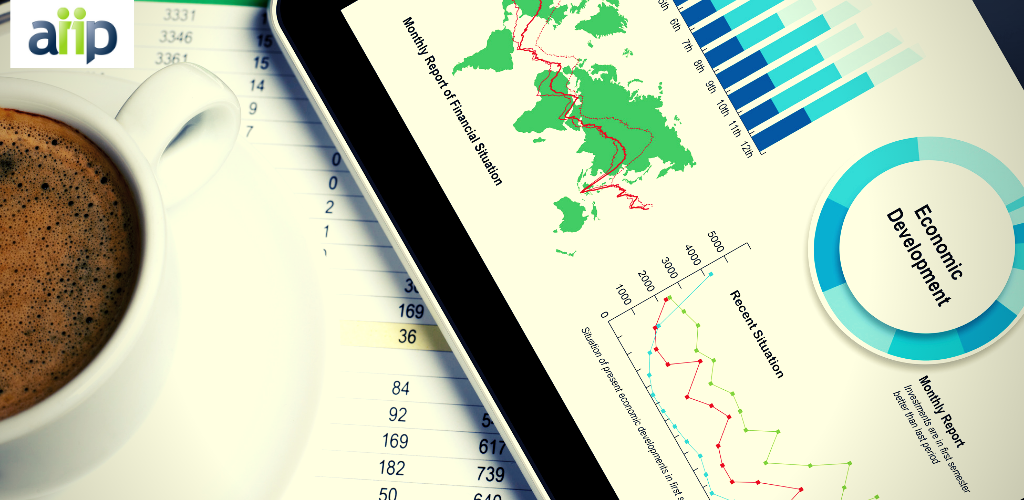AIIP21: Making Sense of Financial and Economic Data

By Roger Magnus
At the recent #AIIP21 virtual annual conference, keynote speaker William R. Emmons, Lead Economist in the Division of Supervision, Credit, and Learning at the U.S. Federal Reserve Bank of St. Louis, led an interesting and informative presentation entitled “Using Federal Reserve Data to Track the Economic Recovery in 2021 and Beyond.” At the beginning, Emmons made it clear that the views presented were his own and not those of the Federal Reserve.
Emmons emphasized that Federal Reserve Bank data are always free, and he referenced FRED (Federal Reserve Economic Data), a data resource that’s been around for 30 years. Sources of FRED data are varied and include Beige Book surveys conducted by the Federal Reserve, Federal Reserve economic data analysis and models, public data from other government agencies (both domestic and international), and data from private sources. FRED data can also be converted into charts and maps (Geo Fred) for further insights.
During his presentation, Emmons provided several real-world examples of economic data and graphs of relevance to AIIP members. He shared that he expects the American economy to grow rapidly in 2021 due to several factors, including how far it declined in 2020 due to COVID, a faster than expected vaccine rollout, and a larger than expected fiscal stimulus. However, he also mentioned risks to the economy in the 21-22 budget year, including COVID resurgence and financial turbulence related to long-term interest rates.
Emmons then outlined four possible long-term U.S. economic scenarios, including a Best Case V-shaped recovery that rises above pre-pandemic output and higher future growth potential, Optimistic Case recovery similar to Best Case with the same future growth potential, Current Case Swoosh-shaped recovery to pre-pandemic output and the same future growth potential, and Worst-Case recovery which would cause permanent damage to the economy and lower growth potential. He then polled conference attendees, and 52% selected the Optimistic Case. After mentioning a financial challenge that the Federal Reserve is a big borrower, he polled attendees if they thought the current 30-year long-term market rate of 3.2% would go up by more than 0.5%, down by more than 0.5%, or stay the same (between 2.7%-3.7%). Fifty-nine percent of attendees voted that it would stay the same. Returning to his first example regarding the long-term forecast for an economic recovery, he shared a chart that showed the change in GDP from 1977 has followed a flatter trend line (other than the late 1990s) and shared that he felt that a Worst Case scenario is likely after the pandemic-related recession. He re-sent the same poll question, and this time around 40% expect the Current Case average recovery.
From my perspective, Emmons did a great job of bringing to life subject matter that can be dry and technical and, instead, was engaging and relatable to attendees and their businesses.
Roger Magnus is the owner of Roger Magnus Research based in Amherst, Massachusetts, specializing in donor and foundation research for nonprofits to help them increase funding.





